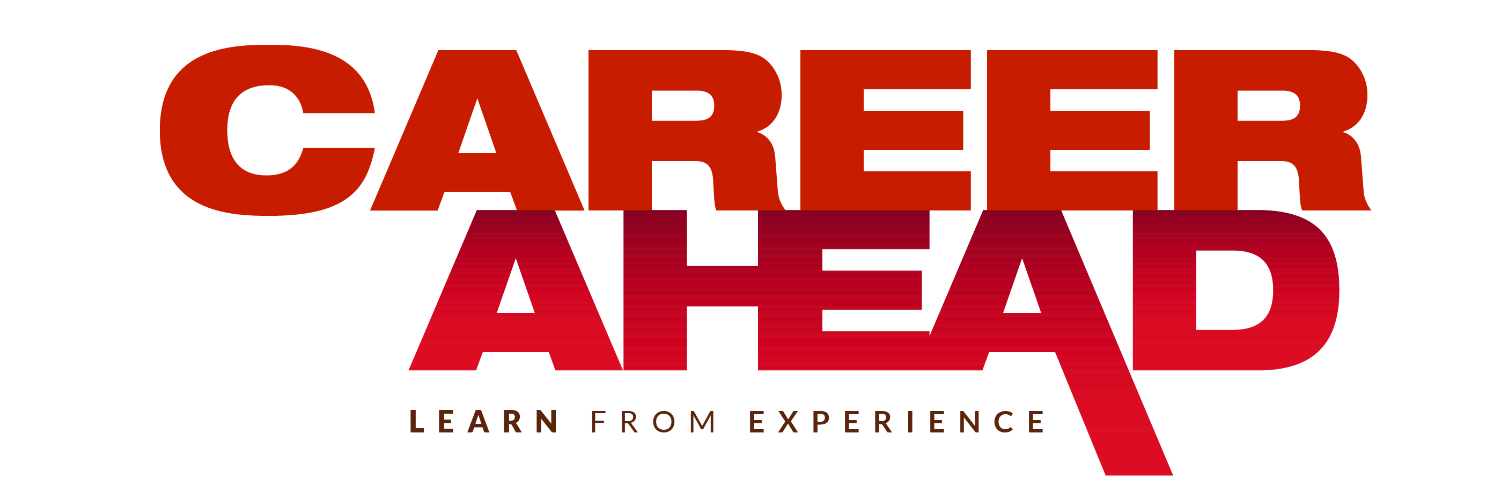No products in the cart.
STEM vs. STEAM: Preparing Our Youth for a Well-Rounded Future
“Play has become measured, creativity is stifled by regiment, and cooperation has been replaced with competition. Statistics say that 20% of youth will experience clinical depression before they reach adulthood”
Ask a 50-year-old how they recall spending their childhood days and they will likely recount stories of mud puddles, hopscotch, climbing trees, paper dolls and bicycles. Ask a 20-year-old how they recall their childhood, and their answer will almost assuredly be decidedly different. Most likely, if you ask a Gen Z for a ‘day in the life’ they will recount structured practices… piano, ballet, baseball, karate, even coding (or all of the above), over abundant homework, standardized test prep, and measures to demonstrate high achievement to attract admission to top prep schools or universities. Play has become measured, creativity is stifled by regiment, and cooperation has been replaced with competition. Statistics say that 20% of youth will experience clinical depression before they reach adulthood. Are we accelerating our future by hyper-preparing our youth to be critical and analytical thinkers? Or, are we killing the right-brained creative thinking, essential to out-of-the-box strategies which drive business growth and differentiation?
With the push towards STEM-based education (science, technology, engineering and mathematics), and recognizing that STEM is more critical than ever in this digital age, we are also rapidly diminishing our non-digital creativity. Exposure to art and music in school is shown to improve motivation, concentration, creative thinking, problem solving and teamwork. Students who are exposed to regular physical activity perform better in school, have better grades and enhanced critical thinking processes, are better behaved in the classroom, and are better equipped to stay ‘on task’. Art connects youth with the community, their ethnicity, and the wider world, accelerating their capability for empathy and tolerance. All these results attained from exposure to the arts will enhance, not diminish, our STEM-based education system.

“Exposure to art and music in school is shown to improve motivation, concentration, creative thinking, problem solving and teamwork”
Rather than STEM, our global focus must shift slightly to STEAM. The ‘A’ in STEAM represents liberal arts, language arts, social studies, physical arts, fine arts, and music; all of which help to prepare students for a lifetime of performance, allowing them to have the emotional intelligence, skills and perspective provided by the arts. Learning to paint, play a musical instrument or mindlessly mold a lump of clay helps to alleviate the symptoms associated with anxiety and depression, improving memory and reasoning. It allows our brains to be quietly awake, rather than running at full capacity throughout our awake hours. Scientists are now studying what effects our constant exposure to digital technology and the Internet have on the brains of youth, understanding that the brain is not fully developed until roughly the age of 25. We are seeing critical areas of concern in the mental behavior of youth in terms of concentration, memory processes and social cognition, leading the WHO (World Health Organization) to recommend that we limit screen-time for children under the age of five to one hour per day. A study by Medical News Today reports that when researchers looked at digital multitasking, the evidence showed that doing multiple things online did not improve people’s ability to multitask elsewhere. In fact, it could make them more likely to pay attention to new distractions.
“[T]he limitless stream of prompts and notifications from the internet encourages us towards constantly holding a divided attention — which then, in turn, may decrease our capacity for maintaining concentration on a single task,” explains Joseph Firth, senior research fellow at Western Sydney University’s NICM Health Research Institute.
Further, studies show that our memory is greatly affected by exposure to the internet. Previous generations had to store facts mentally, and today, what we once had to remember, is now available at our fingertips with a quick Google search. The antidote to these stressors on our memories is the integration of the arts into the daily routines of children, providing critical food for our brains, enhancing and refining our cognitive memory abilities. When we step away from a device and spend even a small amount of time feeding our brains through creative activities such as sketching, we enhance critical thinking and decision making, thereby increasing a person’s intelligence.
“Art connects youth with the community, their ethnicity, and the wider world, accelerating their capability for empathy and tolerance. All these results attained from exposure to the arts will enhance, not diminish, our STEM-based education system”

“The critical and analytical thinking of STEM, combined with the creative thinking of STEAM, would ensure that we are developing a generation of well-rounded, empathetic, out-of-the-box thinkers, capable of blending humanity with technology”
Art allows us to use creativity and imagination to increase the development of STEM’s essential skills, enhancing flexibility, adaptability, productivity, responsibility and innovation – all required skills for a successful career in any field of study. The critical and analytical thinking of STEM, combined with the creative thinking of STEAM, would ensure that we are developing a generation of well-rounded, empathetic, out-of-the-box thinkers, capable of blending humanity with technology. STEAM education is about applying creative thinking to STEM projects, igniting and inspiring students to use their imagination and creativity through the arts, and applying these skills to STEM subjects. Studying art subjects contributes to the development of those essential skills for collaboration, communication and problem-solving. It also enhances a student’s flexibility, adaptability, productivity, responsibility, and innovation. All these skills are required for a successful career in any field of study. If we can find a way to balance the arts and the sciences, mankind, for generations to come, will be full STEAM ahead.










